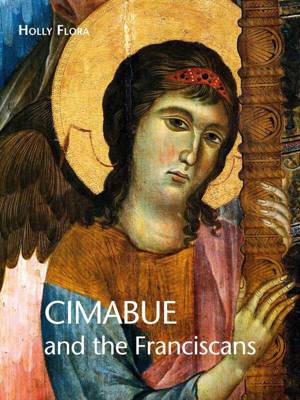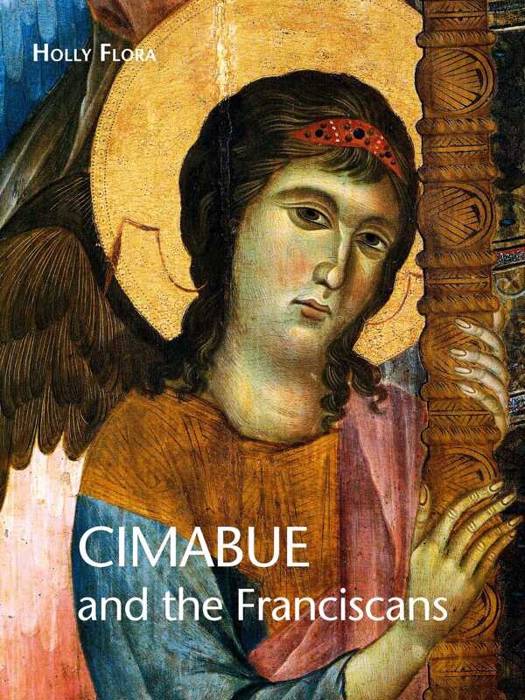
Bedankt voor het vertrouwen het afgelopen jaar! Om jou te bedanken bieden we GRATIS verzending (in België) aan op alles gedurende de hele maand januari.
- Afhalen na 1 uur in een winkel met voorraad
- In januari gratis thuislevering in België
- Ruim aanbod met 7 miljoen producten
Bedankt voor het vertrouwen het afgelopen jaar! Om jou te bedanken bieden we GRATIS verzending (in België) aan op alles gedurende de hele maand januari.
- Afhalen na 1 uur in een winkel met voorraad
- In januari gratis thuislevering in België
- Ruim aanbod met 7 miljoen producten
Zoeken
Omschrijving
This book offers a fresh look at the broader question of artistic change in the late thirteenth century by examining the intersection of two histories: that of the artist Cimabue (ca. 1240-1302), and that of the Franciscan Order. While focused on the work of a single artist, this study sheds new light on the religious motives and artistic means that fueled the period's visual and spiritual transformations. Flora's study reveals that Cimabue was not just a crucial figure in processes of stylistic change. He and his Franciscan patrons engaged with complicated intellectual and theological ideas about materials, memory, beauty, and experience, creating innovative works of art that celebrated the Order and enabled new modes of Christian devotion. Cimabue's contributions to the history of art thus can finally be recognized for their wide-ranging scope and impact within the rapidly-evolving religious culture of the late thirteenth century.
Specificaties
Betrokkenen
- Auteur(s):
- Uitgeverij:
Inhoud
- Aantal bladzijden:
- 291
- Taal:
- Engels
Eigenschappen
- Productcode (EAN):
- 9781912554010
- Verschijningsdatum:
- 28/02/2019
- Uitvoering:
- Hardcover
- Formaat:
- Genaaid
- Afmetingen:
- 231 mm x 305 mm
- Gewicht:
- 1700 g

Alleen bij Standaard Boekhandel
+ 328 punten op je klantenkaart van Standaard Boekhandel
Beoordelingen
We publiceren alleen reviews die voldoen aan de voorwaarden voor reviews. Bekijk onze voorwaarden voor reviews.









